|
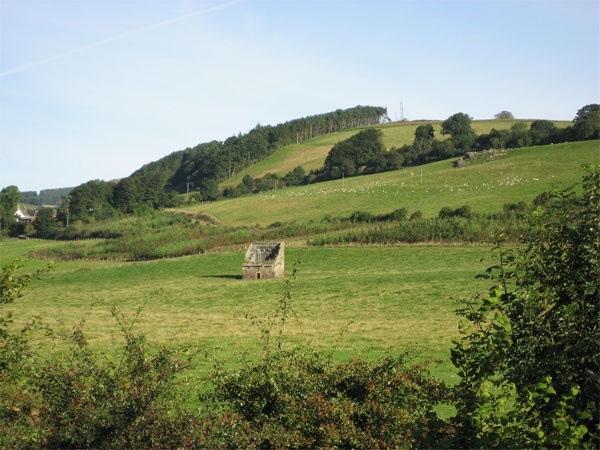 “The memory of great men is no less useful
than their presence.”
George, 4th Earl of Winton. “The memory of great men is no less useful
than their presence.”
George, 4th Earl of Winton.
The Seton's of Parbroath, and
Lathrisk, in Scotland and America.
The original Chapel and Burial
Ground of the Seton's of Parbroath that stood beside the Castle, in the Parish
of Creich, has long since faded and been plowed under, and nothing remains.
The site of a long disused
graveyard, now part of a field and part of the garden adjoining Parbroath farm
house. About 1825-30, large quantities of human bones were dug up when making a
fence through it to enclose the garden.
According to the farmer at Parbroath,
it is supposed to have been a burying place in connection with the Seton's of
Parbroath Castle, and had a chapel associated with it. The New Statistical
Account (NSA) mentions a tradition that one of the old farm-buildings of
Parbroath, later used as a barn, was in fact the chapel.
The Rectangular-plan lean-to doocot in harled rubble in all that remains of
Parbroath. The flanks are crowstepped, with a single rat course stepped twice,
andthe west gable features a small window. The doocot-building dates from the
early 17th century, and is now roofless and unused.
The extended family of the Seton's
of Parbroath also buried at Balbirnie, Burntisland, Creich, Falkland, Lathrisk,
Linlithgow, St. Andrew's and Strathmiglo in Fife; and in the United States in
New York, at St. Mary's and Emmittsburg, Maryland.
Gilbert Seton of the family of
Parbroath had been appointed to the Vicarage before the Reformation, had
remained alive until January 1573. Because the tiends legally belonged to him he
had remained quietly in possession of them until his death. From 1560, however,
he had been legally forbidden to carry out any of the duties of Vicar of
Strathmiglo.
Thus in Strathmiglo there had been
two pastors, one unpaid and carrying out all the duties of the office and one
paid but forbidden to work. Tradition ascribes to Seton the sundial on the south
of the steeple and it may have been with mason work that Seton passed the hours
of his enforced retirement.
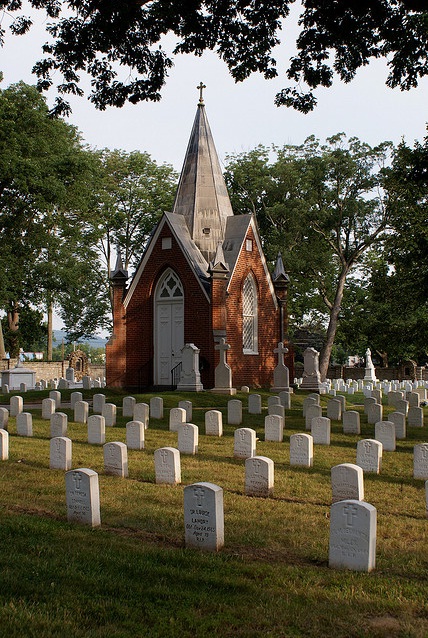 William
Seton of New York (1746-1798), was descendant and representative of the Setons
of Parbroath, and married 1st Rebecca Curson, and the year after her death
married 2nd his sister-in-law, Anna Maria Curson in 1776, and had thirteen
children. William
Seton of New York (1746-1798), was descendant and representative of the Setons
of Parbroath, and married 1st Rebecca Curson, and the year after her death
married 2nd his sister-in-law, Anna Maria Curson in 1776, and had thirteen
children.
William
Magee Seton of New York, son of William Seton, Sr., and Rebecca Curson
Seton (c.1746-c.1775), was the oldest of the thirteen children of his father's
two marriages and was educated in England.
Later,
along with his father and brother James, he was a founding partner in the
import-export mercantile firm, the William Seton Company, which became the
Seton, Maitland and Company in 1793. He had visited important counting houses in
Europe in 1788 and learned more of the Accounting trade, and was also a friend
of Filippo Filicchi (1763-1816), a renowned merchant of Livorno, Italy.
William
Magee Seton (1768-1803), met Elizabeth Bayley of New York, and they married
January 25, 1794, in the Manhattan home of Mary Bayley Post. Samuel Provoost
(1742-1815), the first Episcopal bishop of New York, witnessed the wedding vows
of the couple.
Elizabeth was born August 28, 1774, New York City, and died at Emmitsburg,
Maryland, January 4, 1821. She was of British and French ancestry, born into the
prominent Anglican family in New York and was the second daughter of Dr. Richard
Bayley (1744-1801) and Catherine Charlton (d.1777). The couple's first child,
Mary Magdalene Bayley (1768-1856), married (1790) Dr. Wright Post (1766-1828) of
New York. Catherine Bayley (1777-1778), the youngest child, died the year after
the untimely death of her mother, which was probably a result of childbirth.
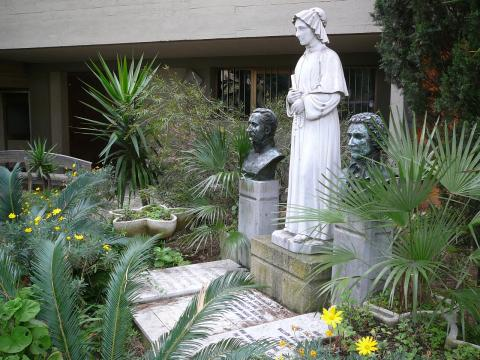 After
the death of William Seton, Sr., responsibility was thrust on Elizabeth's
husband for both the Seton, Maitland and Company and the welfare of his younger
half-siblings, and Elizabeth managed the care of both families in the Seton
household. After
the death of William Seton, Sr., responsibility was thrust on Elizabeth's
husband for both the Seton, Maitland and Company and the welfare of his younger
half-siblings, and Elizabeth managed the care of both families in the Seton
household.
William, Elizabeth, and their oldest daughter Anna Maria made a sea voyage
(1803) to the warmer climate of Italy in a desperate effort to restore her
husband's failing health. The Italian authorities at the port of Livorno
however, feared yellow fever then prevalent in New York, and quarantined the
Setons in a cold, stone lazaretto in the harbour.
The
Filicchi family did all they could to advocate for them and to provide some
relief during their month of isolation, but two weeks after his discharge,
William Magee died in Pisa, December 27, and was buried in the English cemetery
in Livorno, leaving Elizabeth a widow at age twenty-nine with five young
children.
Following the death of William, Elizabeth returned to New York, and converted to
Roman Catholicism and became foundress of the American Sisters of Charity, which
was the first sisterhood native to the United States. As a wife, mother,
widow, sole parent, foundress, educator, social minister, and spiritual leader,
Elizabeth Bayley Seton was the first native-born citizen of the United States to
become a Canonized Saint (September 14, 1975).
Saint
Elizabeth Ann Seton died January 4, 1821, in the White House at Saint Joseph's
Valley, near Emmitsburg, Maryland. Her remains repose there in the Basilica of
Saint Elizabeth Ann Seton.
The
Sisters of Charity as a community grew and blossomed into independent new
communities in North America: The Sisters of Charity of Saint Vincent de Paul of
New York (1846); the Sisters of Charity of Cincinnati (1852); the Sisters of
Charity of Saint Vincent de Paul of Halifax (1856); the Sisters of Charity of
Saint Elizabeth, Convent Station, New Jersey (1859); and the Sisters of Charity
of Seton Hill, Greensburg, Pennsylvania (1870).
As a
result of mandates from their General Assembly (1829 and 1845) requiring the
Sulpicians to return to their founding charism of the education and formation of
priests, the Sulpician superiors arranged for the Sisters of Charity of Saint
Joseph's to join (1850) the Daughters of Charity of Saint Vincent de Paul of
Paris, France. These communities formed (1947) the Conference of Mother
Seton's Daughters which developed into The Sisters of Charity Federation
in the Vincentian and Setonian Tradition (1996) with member congregations
from the United States and Canada. All Federation members are rooted in the rule
of Vincent de Paul and Louise de Marillac.
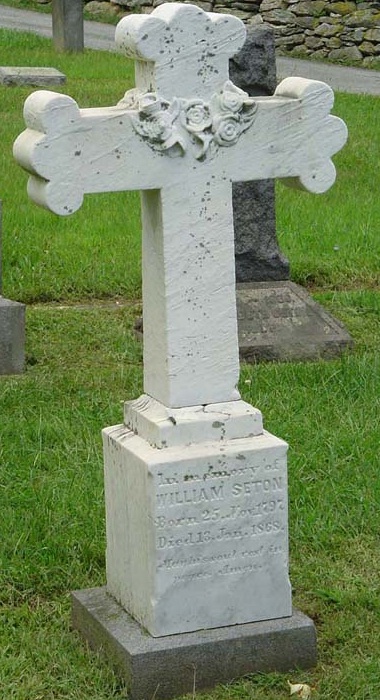
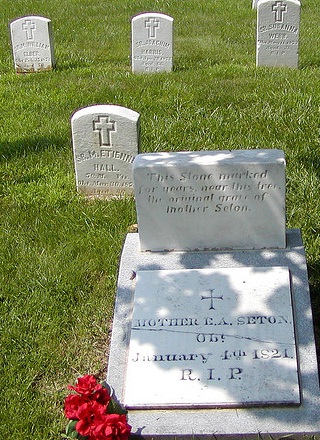
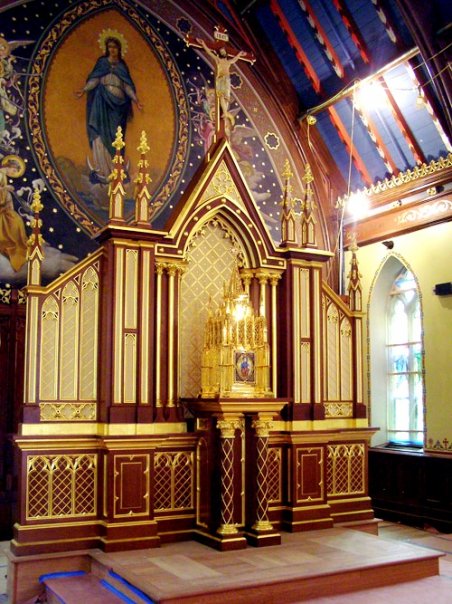
| 
